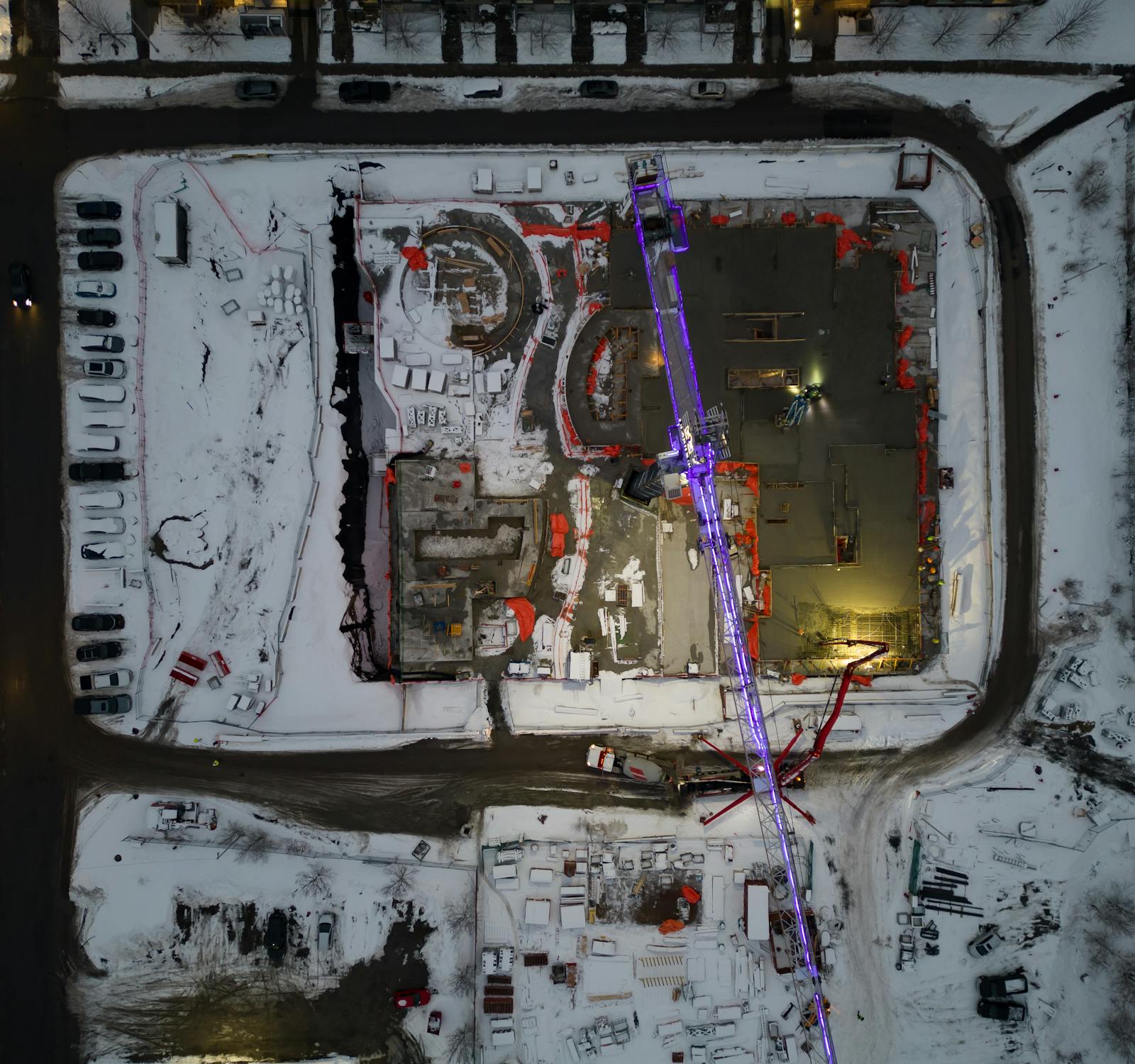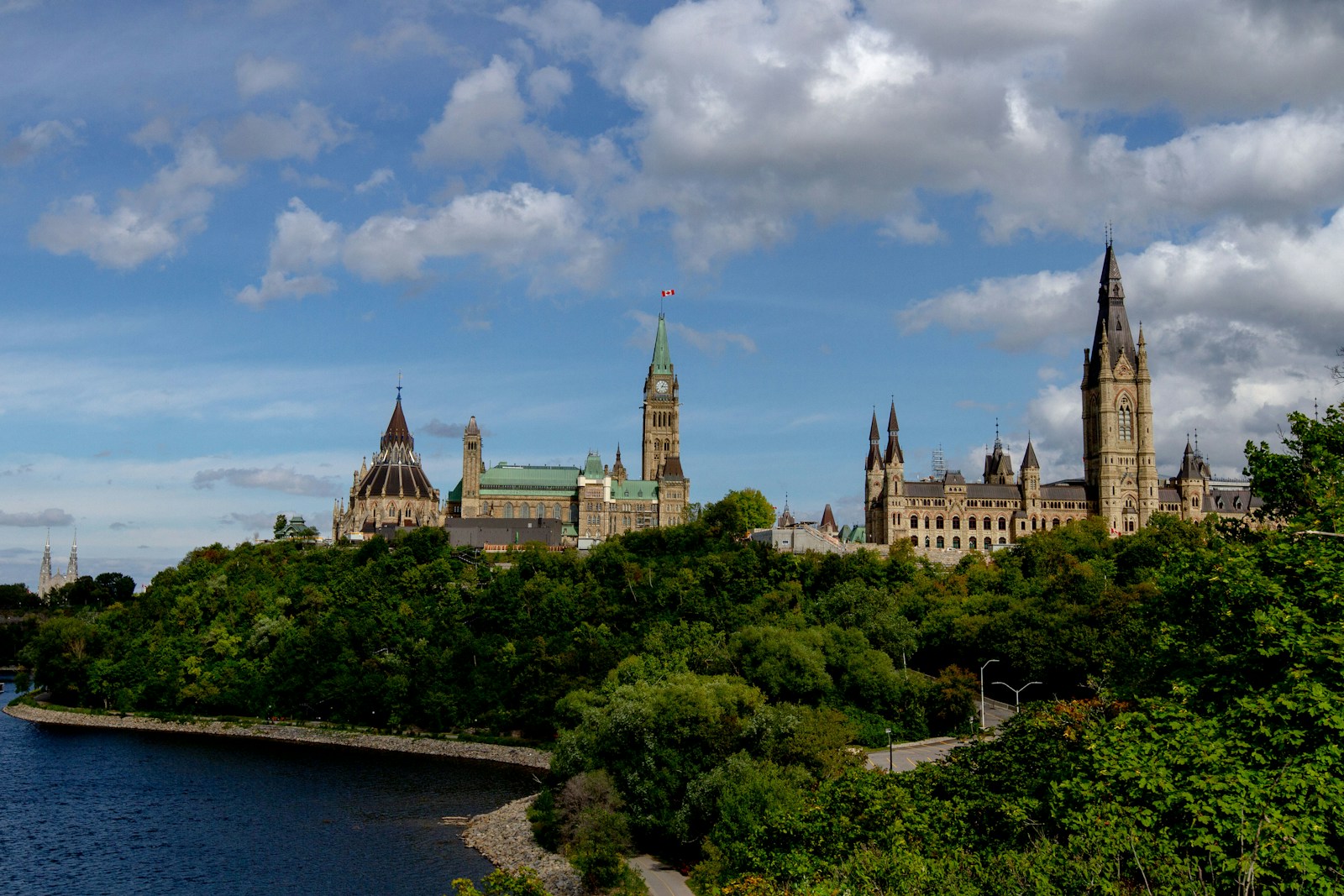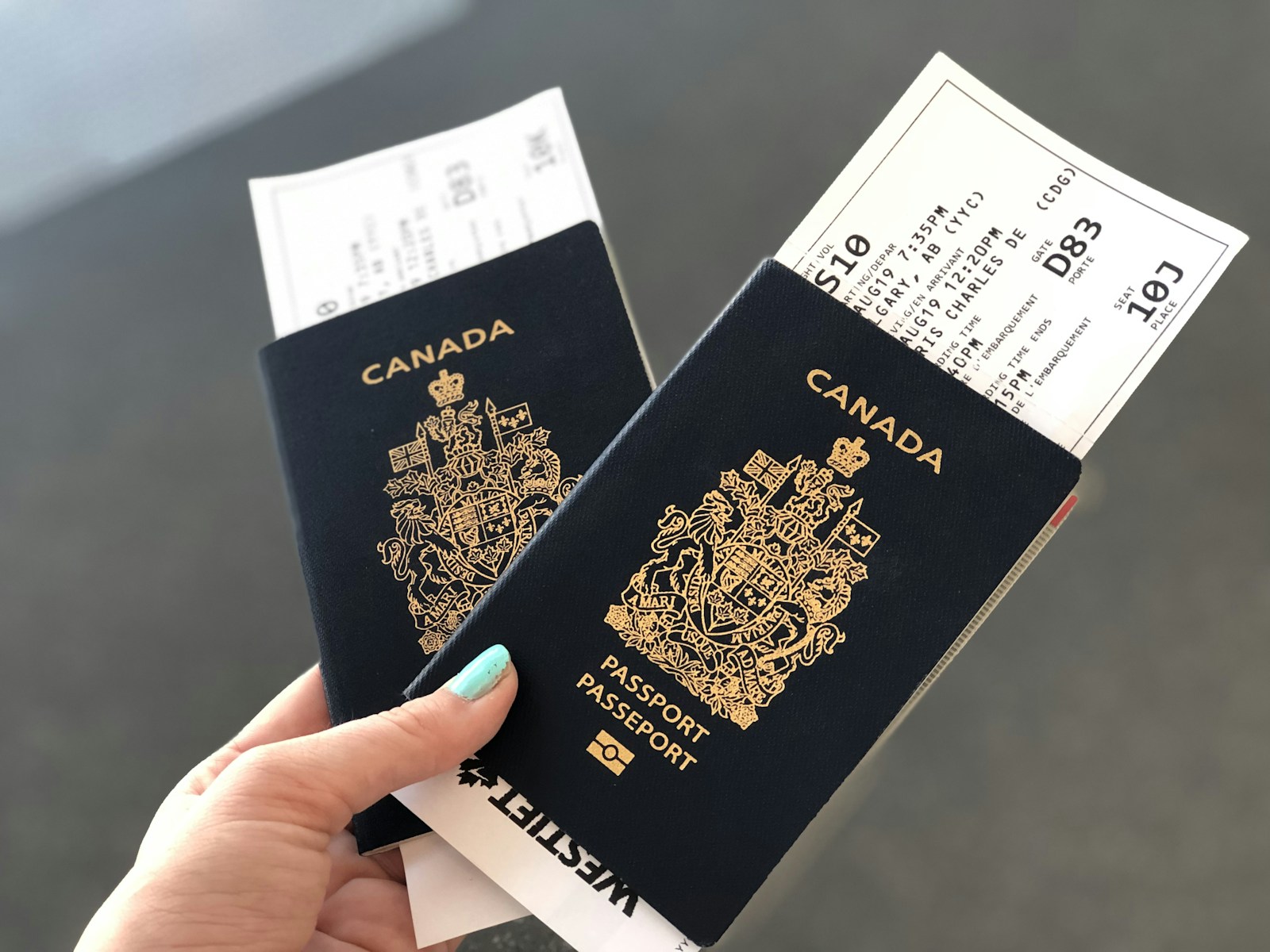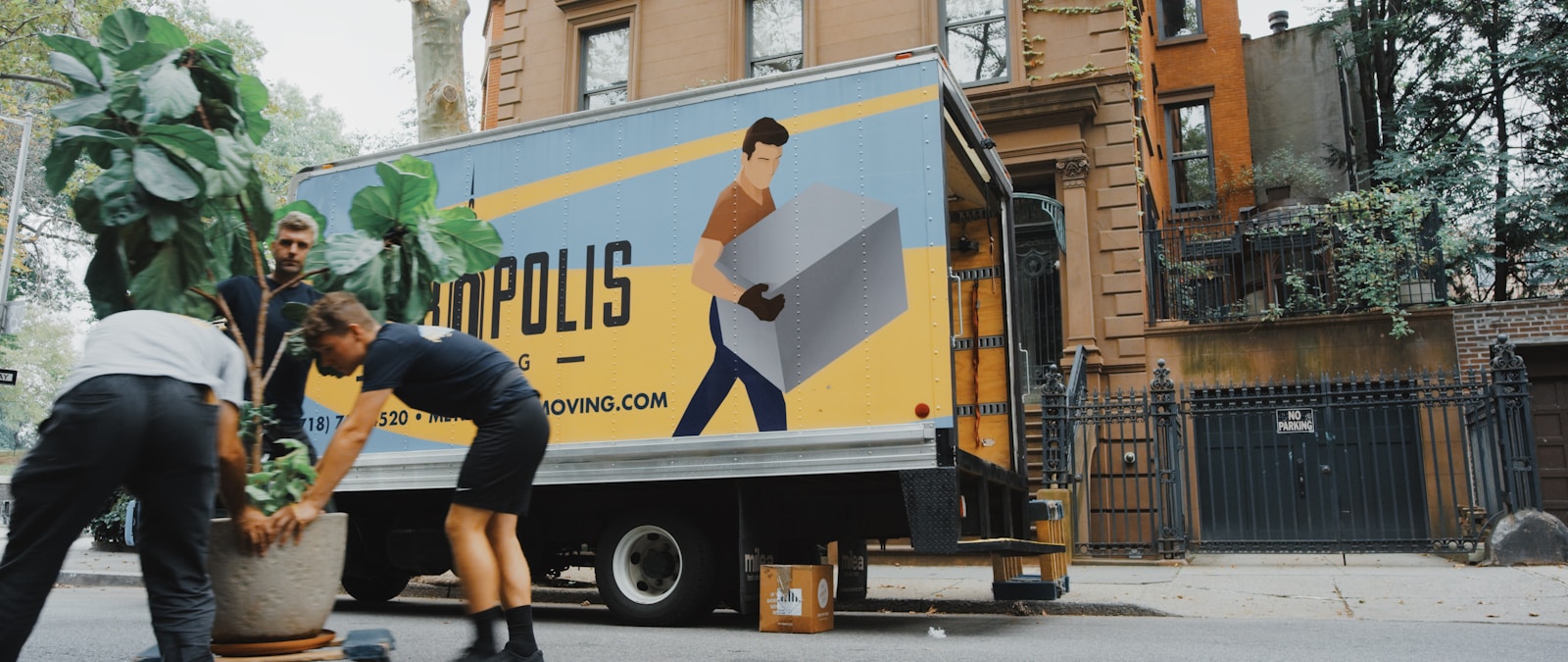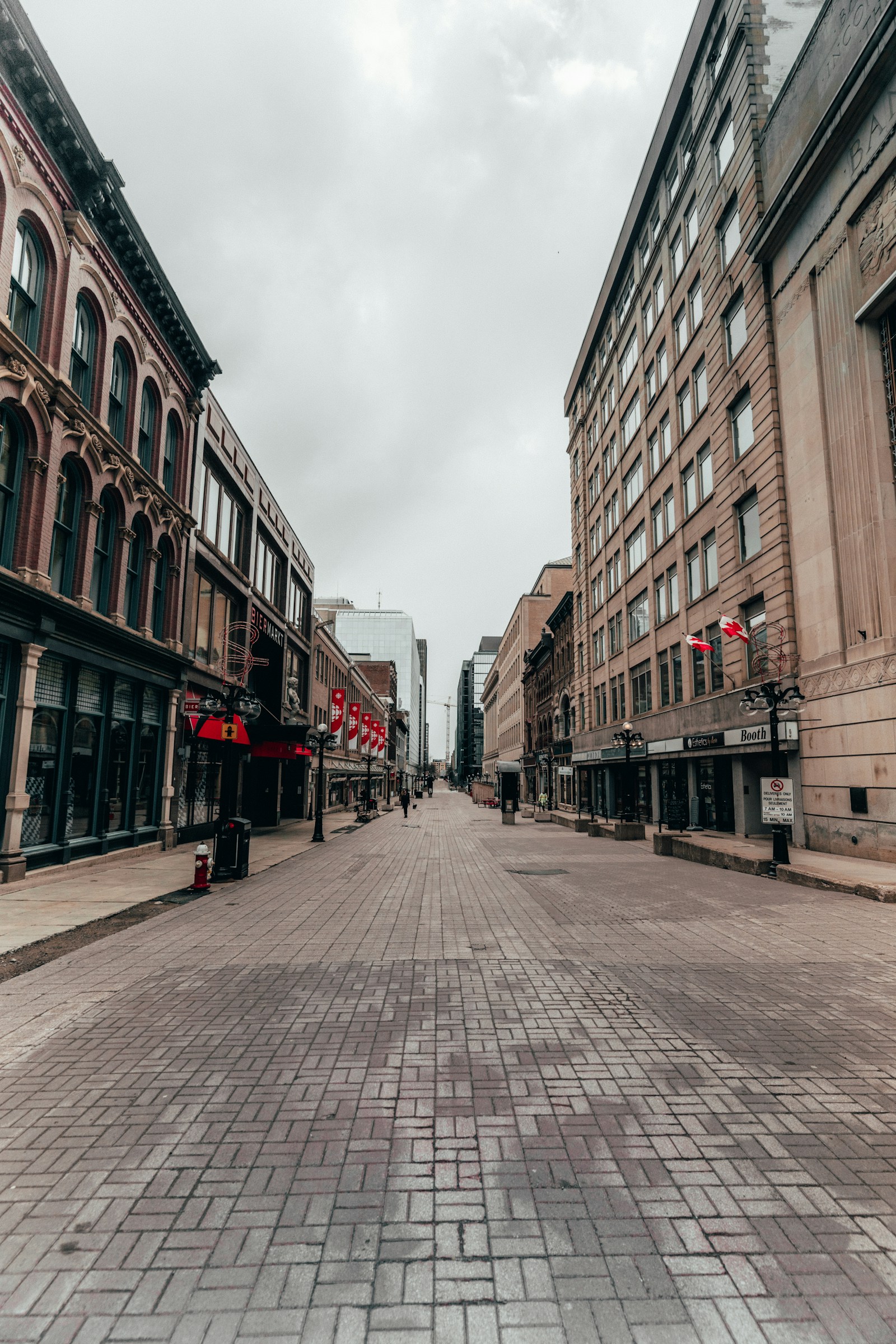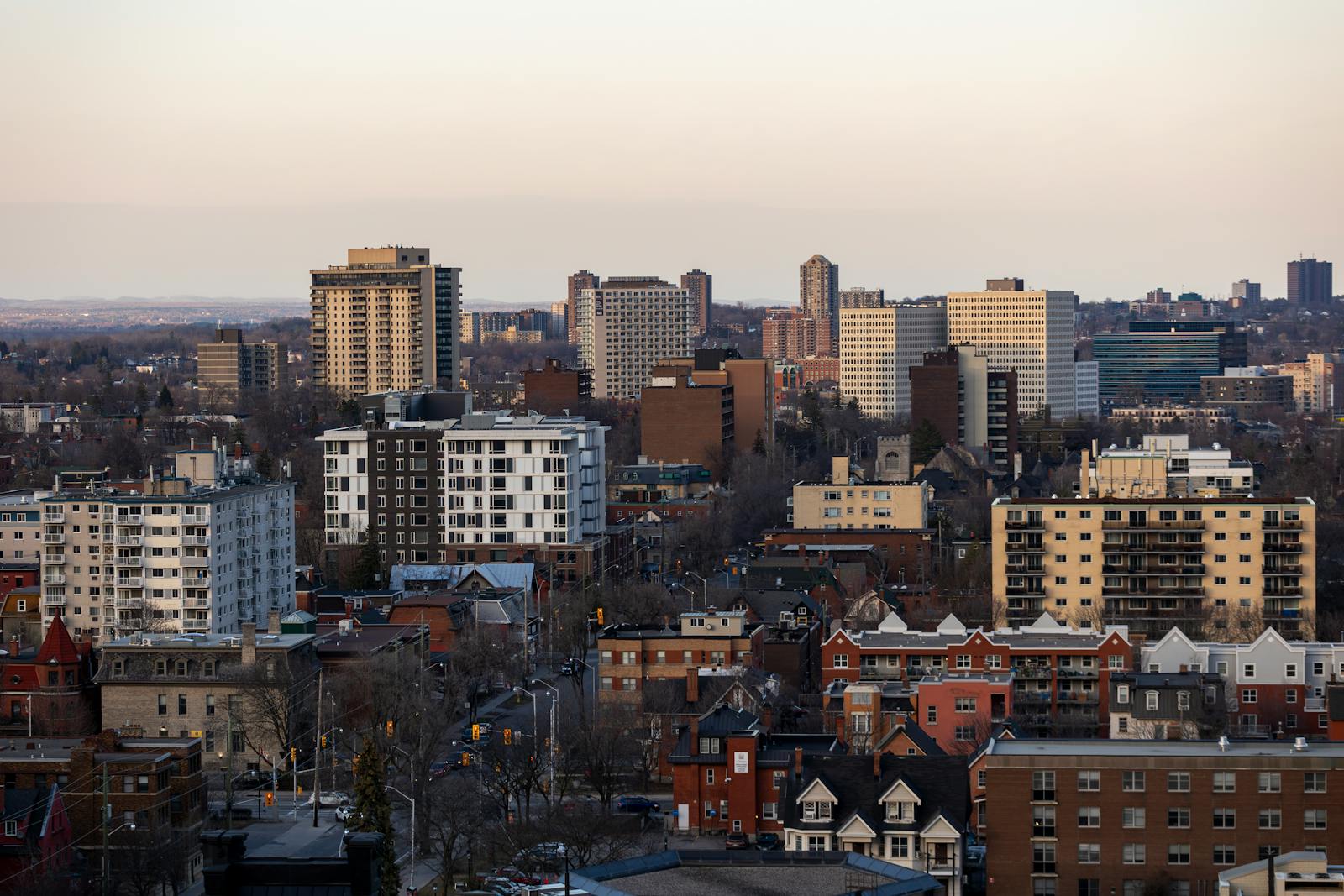Introduction
Ottawa’s housing landscape is evolving — fast. With rising home prices, high interest rates, and growing rental demand, a new concept is making waves: build-to-rent (BTR) developments. Once popular in major U.S. and U.K. cities, these purpose-built rental communities are now gaining serious traction in Canada’s capital.
But what exactly are build-to-rent developments, and why are they suddenly becoming so important in Ottawa’s housing mix? Let’s break down the trend that’s changing how both developers and tenants think about home.
What Is “Build-to-Rent”?
Unlike traditional housing — where homes are built for sale — build-to-rent projects are designed, built, and managed specifically for long-term rental use.
These communities often include:
Professionally managed townhomes, apartments, or even detached homes.
Amenities typically found in ownership developments — think gyms, dog parks, and co-working spaces.
A consistent tenant experience with maintenance, landscaping, and community engagement built in.
Essentially, it’s a “renter-first” model — purpose-built to serve the growing population who prefer flexibility without sacrificing quality.
Why Build-to-Rent Is Growing in Ottawa
Several market forces are fueling this shift in 2025:
1. Affordability Pressures
Homeownership in Ottawa has become increasingly challenging. With average detached home prices surpassing $750,000, many would-be buyers are staying in the rental market longer. Build-to-rent provides a middle ground — the comfort and stability of a home without the massive down payment.
2. Investor Opportunity
Institutional investors and REITs are drawn to Ottawa’s steady population growth, government employment base, and stable economy. Build-to-rent offers long-term income security and lower vacancy risk compared to traditional rentals.
3. Lifestyle Shifts
Millennials and Gen Z renters prioritize flexibility, convenience, and community. They’re looking for well-designed rentals in vibrant neighborhoods, not just bare-bones apartments. BTR developments cater to these lifestyle demands.
4. Supply Shortage
With rental vacancy rates below 2%, Ottawa desperately needs more rental housing. Build-to-rent developments are one of the few scalable ways to deliver quality units quickly, especially in suburban growth zones.
Where Ottawa’s Build-to-Rent Boom Is Happening
Ottawa’s build-to-rent growth is concentrated in fast-developing suburban and transit-connected areas, including:
Barrhaven & Riverside South: Builders are introducing BTR townhome communities with easy access to the upcoming Stage 3 LRT.
Orleans: Affordable land and family-friendly layouts make it ideal for large-scale rental builds.
Kanata North: Tech workers seeking modern, maintenance-free rentals are driving demand for purpose-built townhome clusters.
Downtown Core: Mixed-use BTR towers near Lebreton Flats and Bayview are emerging, appealing to professionals seeking flexibility near work and transit.
Benefits of Build-to-Rent for Tenants
For renters, the build-to-rent model feels refreshingly different from the traditional landlord experience:
✅ Consistent Quality – Units are built and managed by professional operators, not individual owners.
✅ Community Feel – On-site events, shared amenities, and neighbor engagement create a sense of belonging.
✅ Maintenance-Free Living – Repairs, landscaping, and snow removal are handled seamlessly.
✅ Modern Design – Smart layouts, pet-friendly spaces, and energy-efficient systems are standard.
In short, tenants get the perks of ownership without the pressure.
Why Developers and Investors Are Embracing the Model
For developers and investors, build-to-rent offers several compelling advantages:
Stable, recurring income rather than volatile resale profits.
Institutional funding opportunities from pension funds and real estate trusts.
Lower vacancy rates due to the demand for well-managed rentals.
Long-term asset appreciation, especially in high-growth suburbs.
It’s no surprise that many Ottawa builders are shifting a portion of their land portfolios from “build-to-sell” to “build-to-hold.”
Challenges Facing Ottawa’s Build-to-Rent Market
While the trend is growing, it’s not without hurdles:
Financing complexities: Traditional banks still view rental-only projects as higher risk.
Zoning restrictions: Some neighborhoods limit density or rental-only designations.
High construction costs: Inflation and labor shortages make profitability tricky.
However, as the City of Ottawa updates zoning and intensification policies to boost rental supply, these barriers are slowly being addressed.
The Future of Build-to-Rent in Ottawa (2025 and Beyond)
By late 2025, industry experts expect BTR developments to represent a significant share of Ottawa’s new housing supply, especially in master-planned communities tied to future LRT corridors.
We can expect to see:
More BTR townhouse clusters with shared amenities.
Sustainable building designs targeting energy efficiency.
Partnerships between municipalities and developers to encourage rental-friendly zoning.
In essence, build-to-rent is more than a trend — it’s a strategic evolution in how Ottawa provides housing for a diverse and growing population.
FAQs About Build-to-Rent in Ottawa
1. Is build-to-rent the same as renting a condo?
Not quite. Build-to-rent homes are purpose-built for renters, with long-term management and uniform standards — unlike condos, which are owned individually.
2. Are BTR communities more expensive?
Monthly rents can be slightly higher, but tenants often gain more value from amenities, maintenance, and service quality.
3. Can investors buy into build-to-rent projects?
Typically, these are institutional-scale investments, though smaller investors may find opportunities in joint ventures or REITs.
4. Are there BTR homes available now in Ottawa?
Yes — early examples exist in Barrhaven, Riverside South, and Kanata, with more in the pipeline for 2026.
5. Will BTR developments help Ottawa’s rental shortage?
Absolutely. They add professionally managed, high-quality inventory to a market struggling with supply.
6. What kind of tenants are drawn to these communities?
Professionals, small families, and downsizers — people seeking a modern, low-maintenance lifestyle without ownership commitments.
Conclusion
The rise of build-to-rent developments in Ottawa marks a turning point in the city’s housing story. It’s a model that bridges the gap between ownership and rental, catering to shifting lifestyle needs and offering fresh opportunities for investors.
As affordability challenges persist and demand for quality rentals grows, expect to see more purpose-built communities popping up from Barrhaven to Orleans — each designed with the modern renter in mind.
For Ottawa’s real estate market, build-to-rent isn’t just a passing trend — it’s the future of balanced housing.

